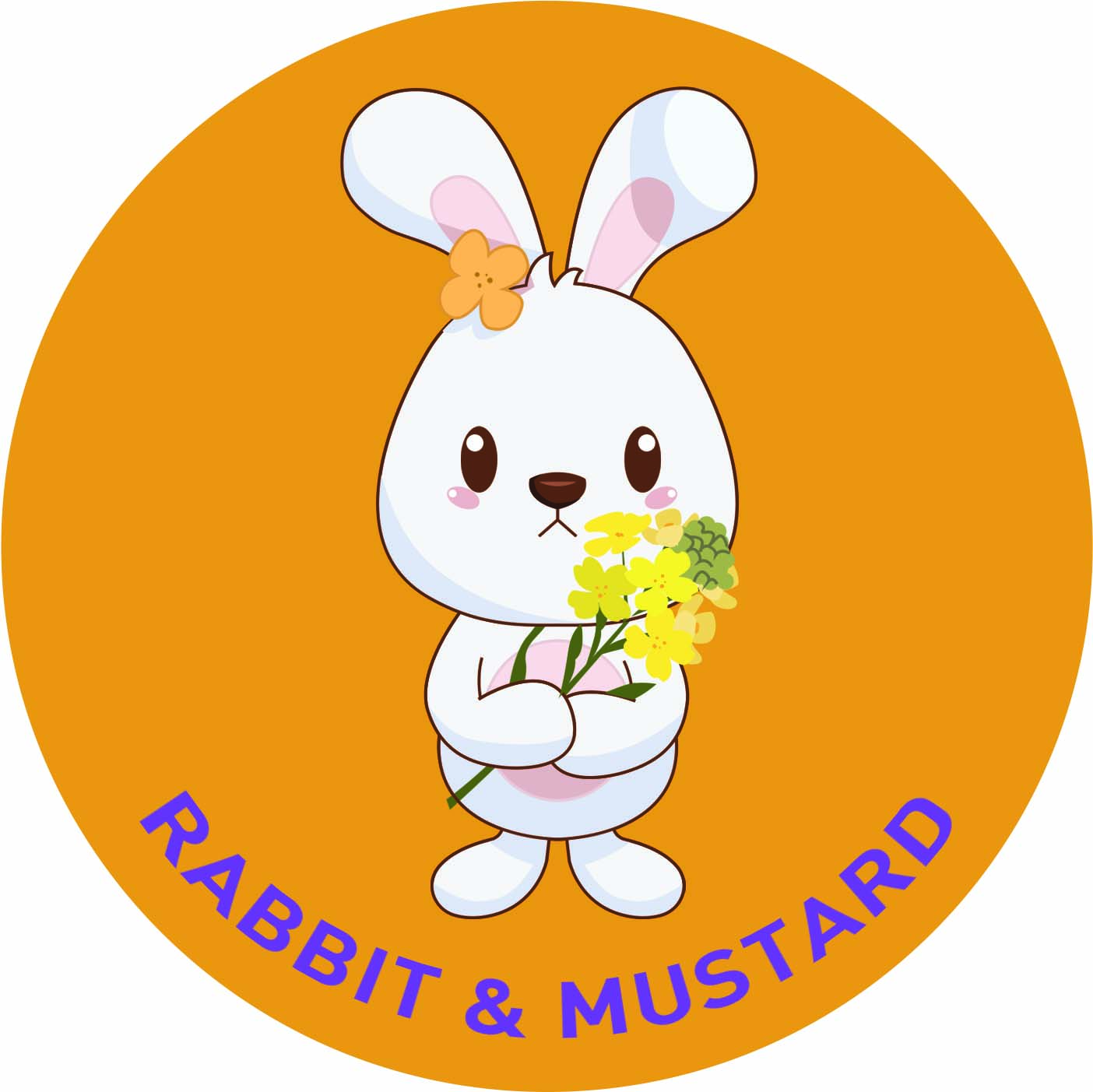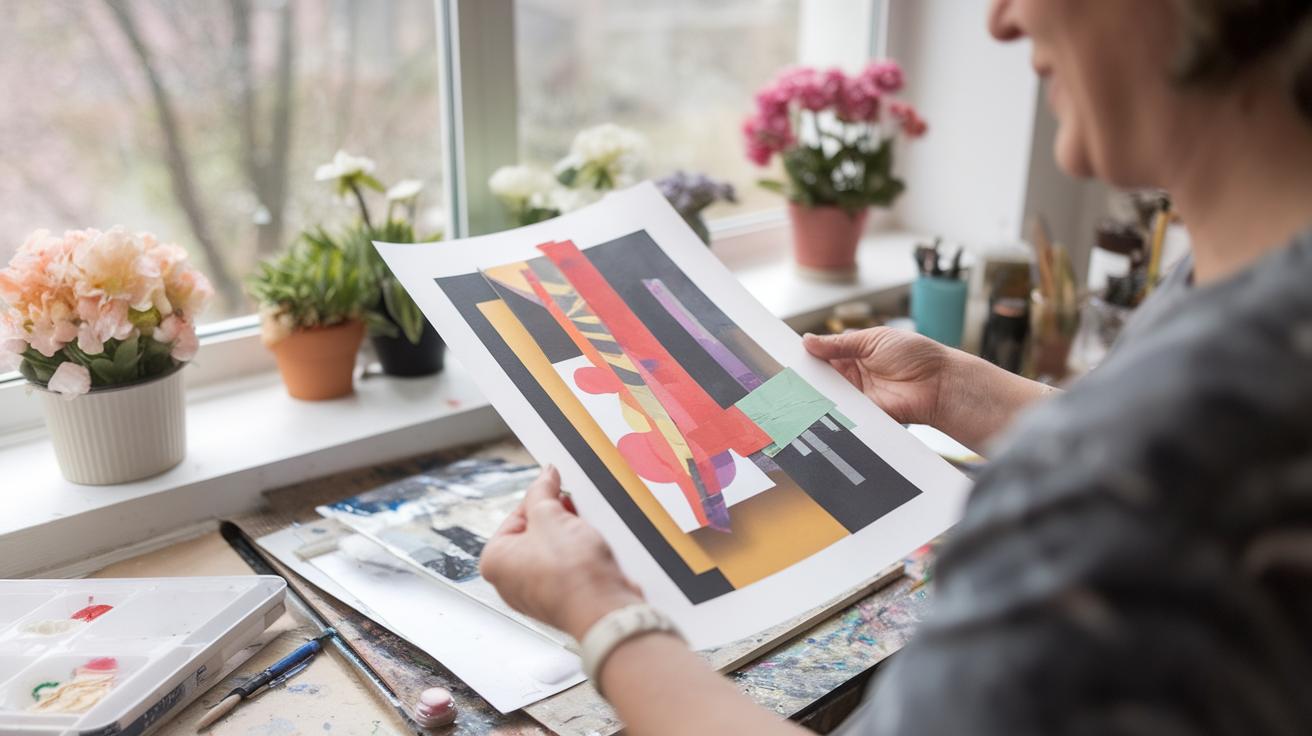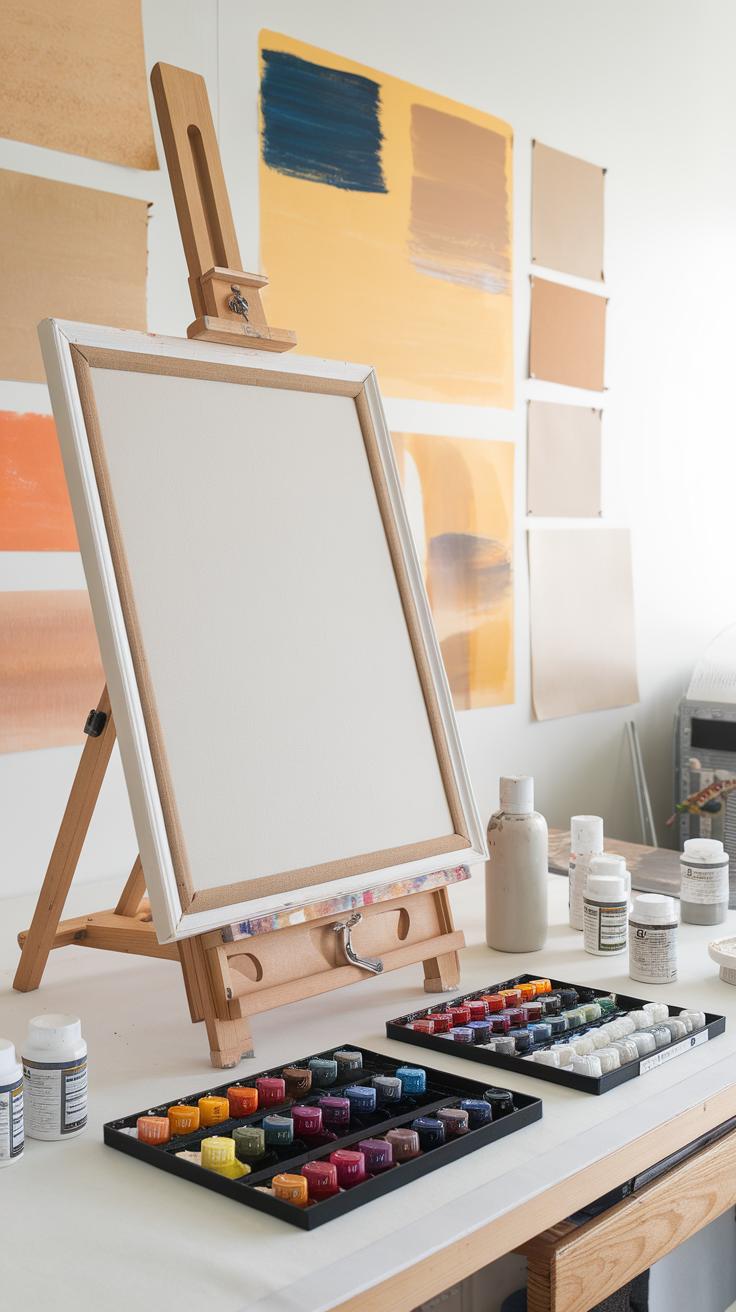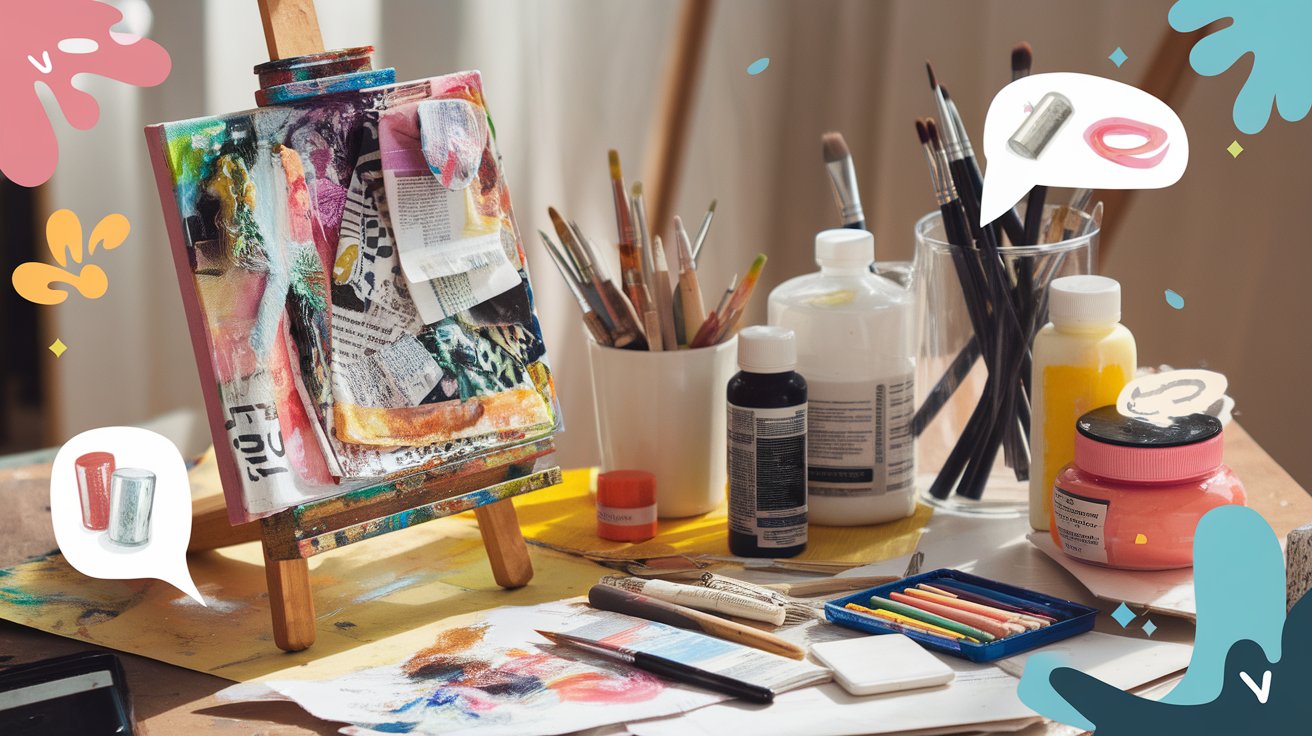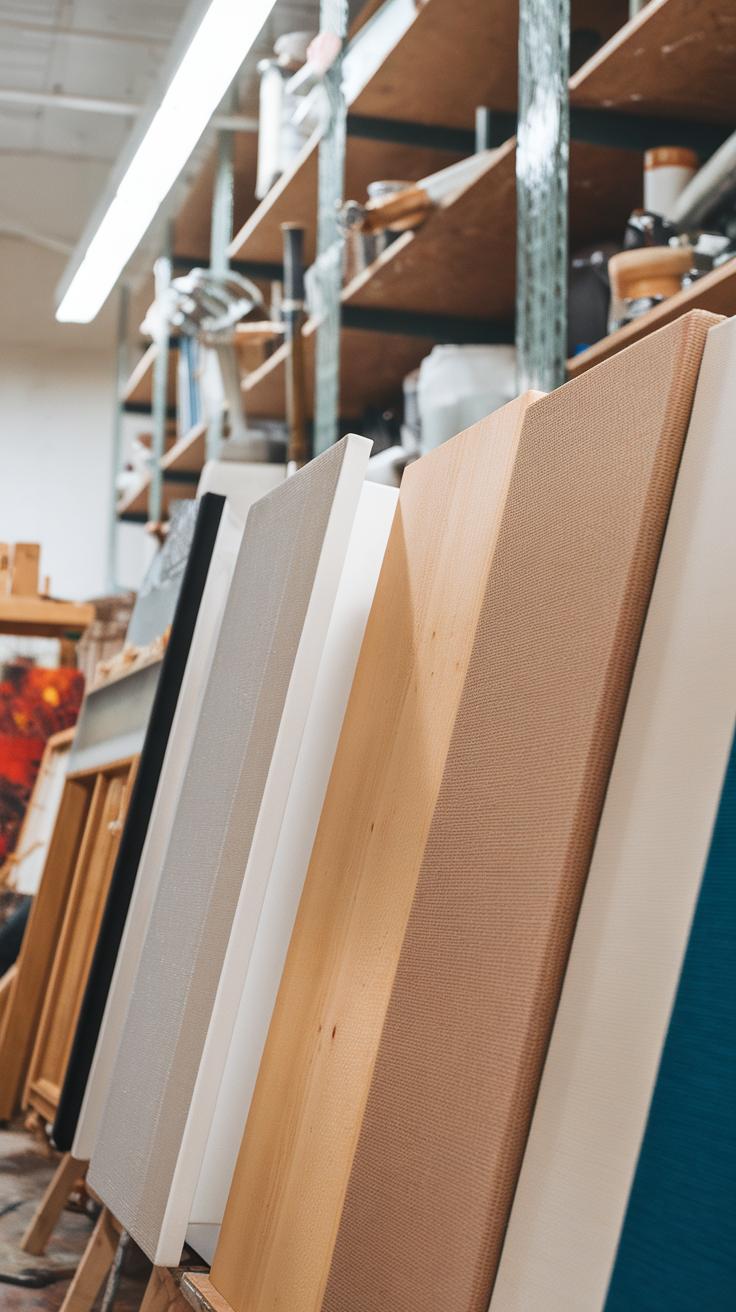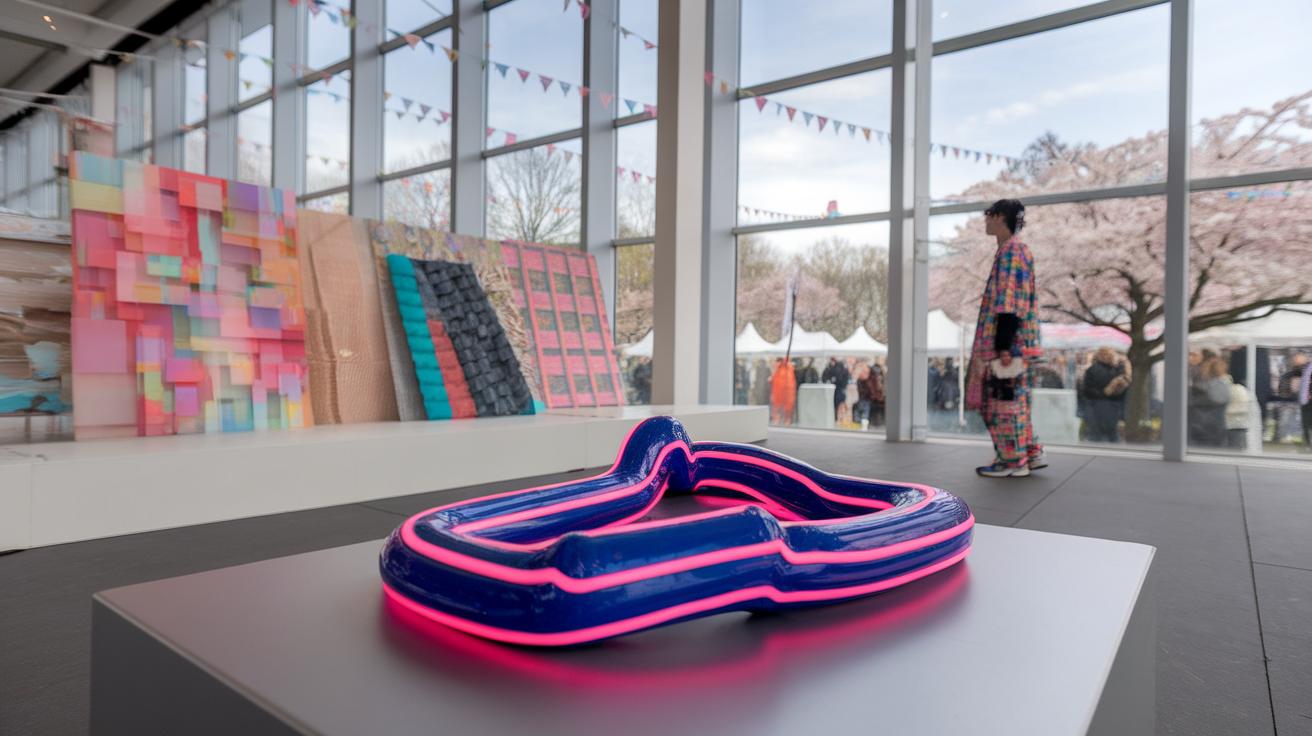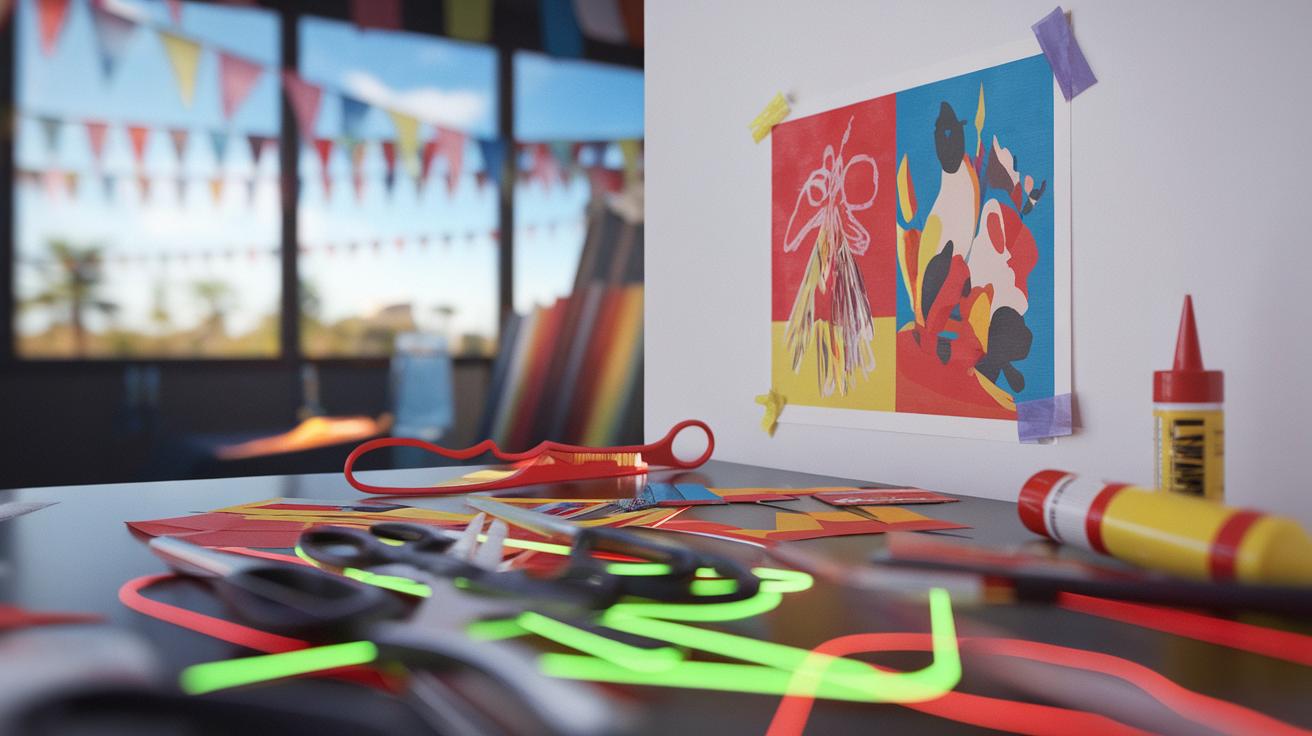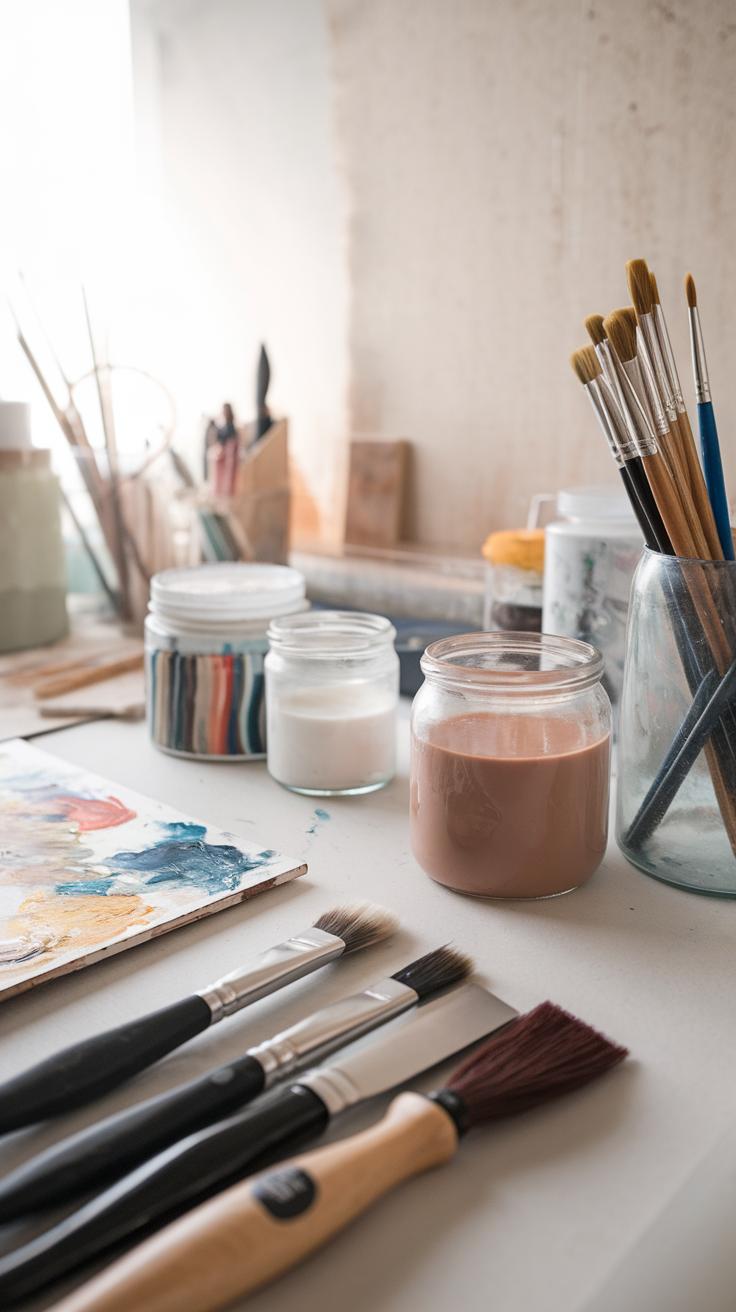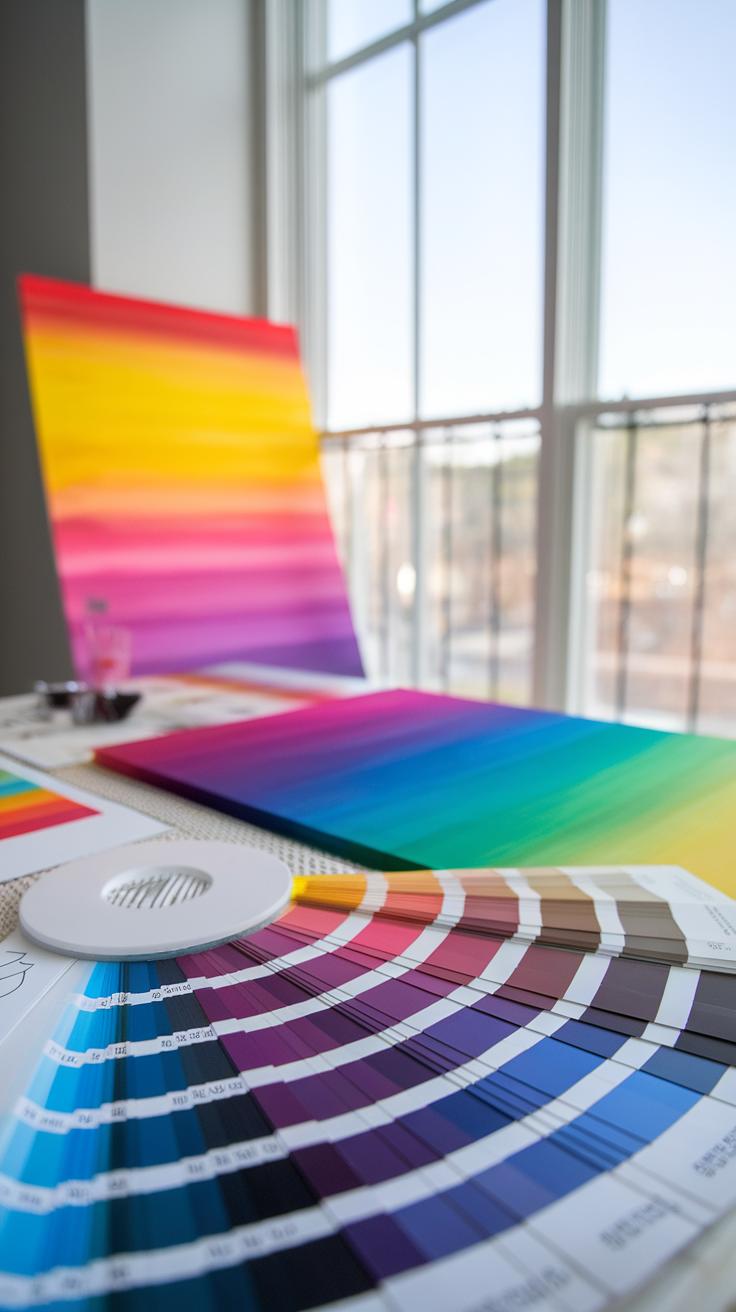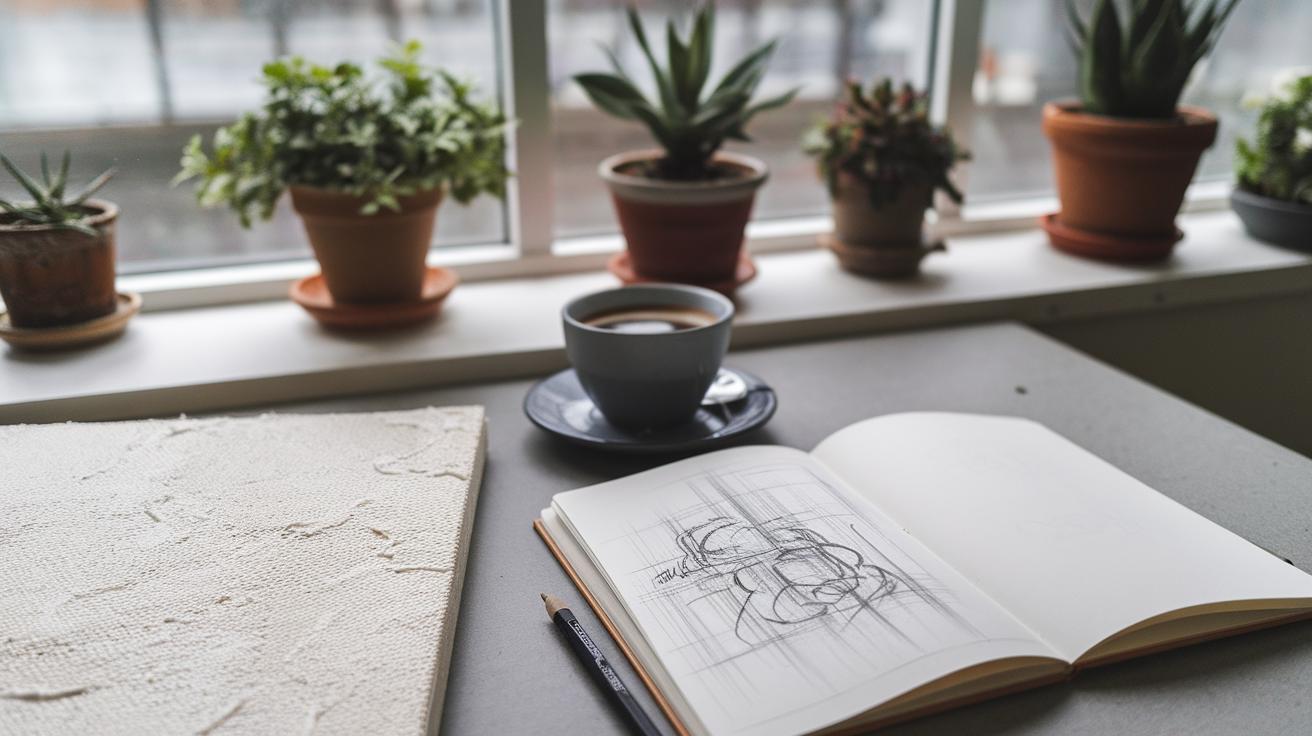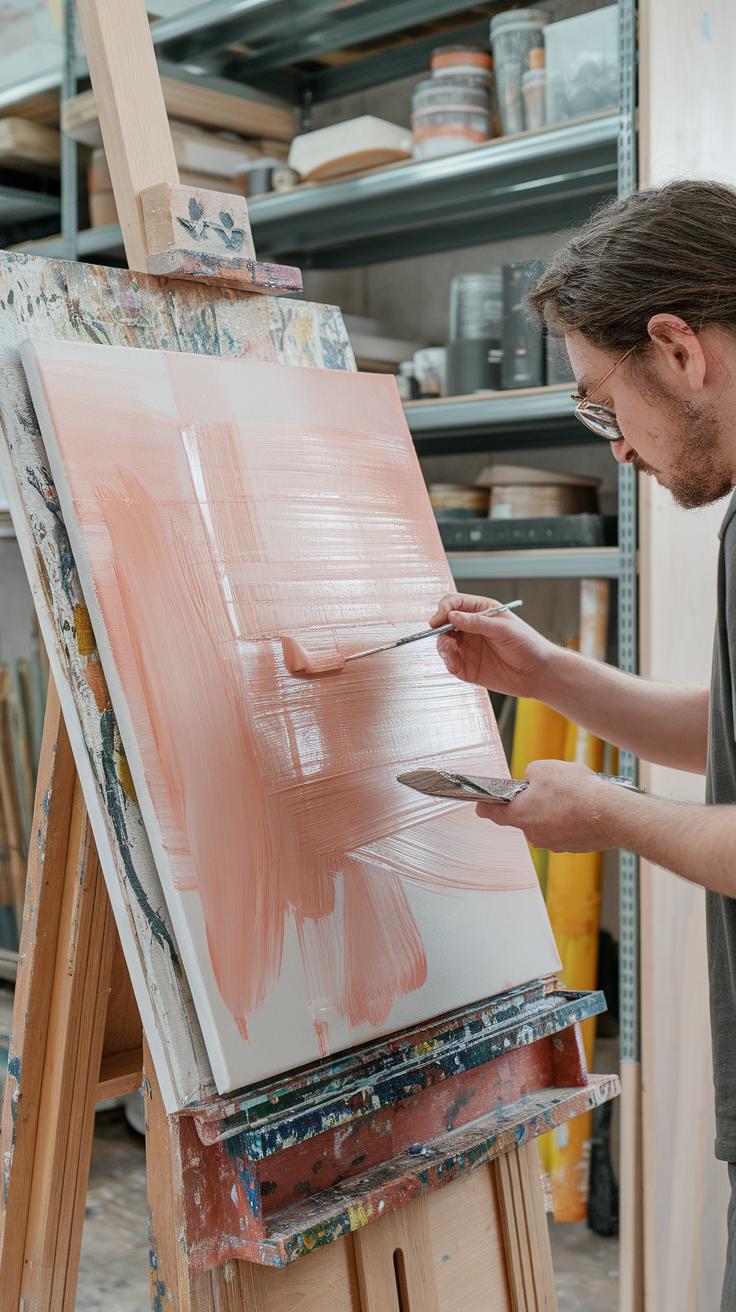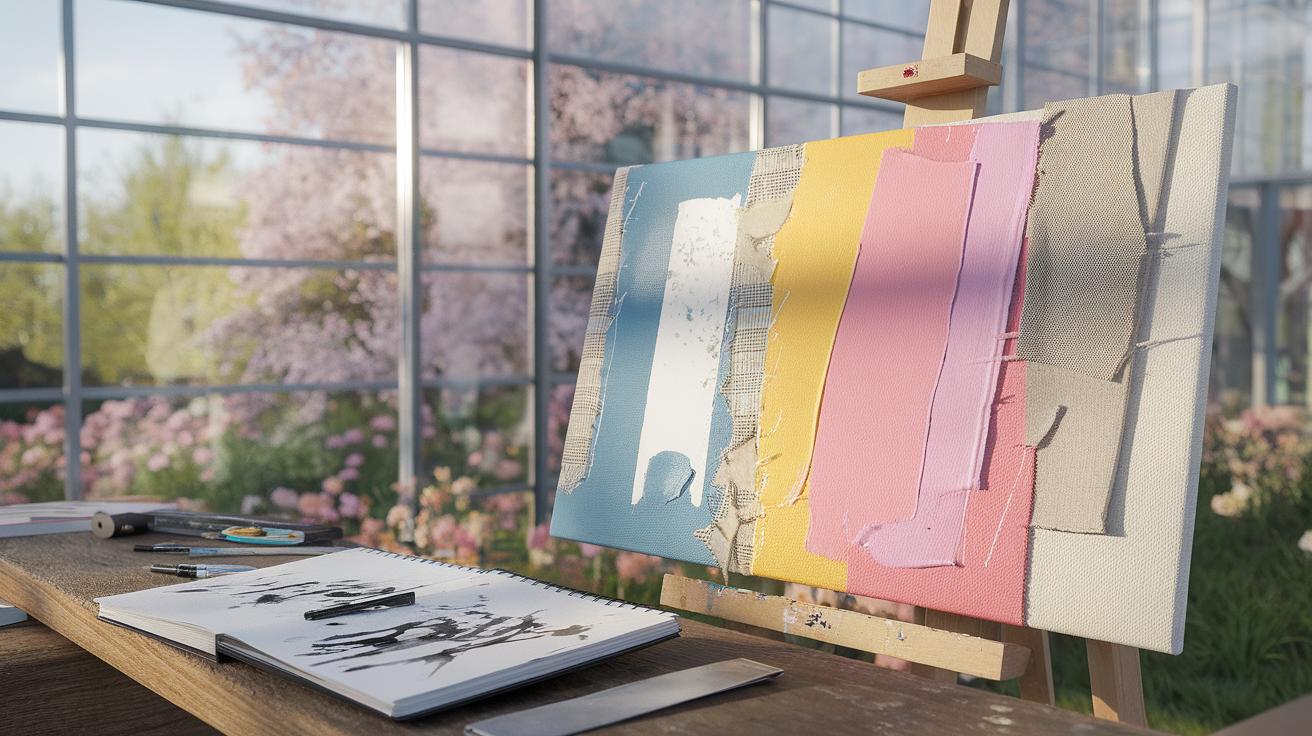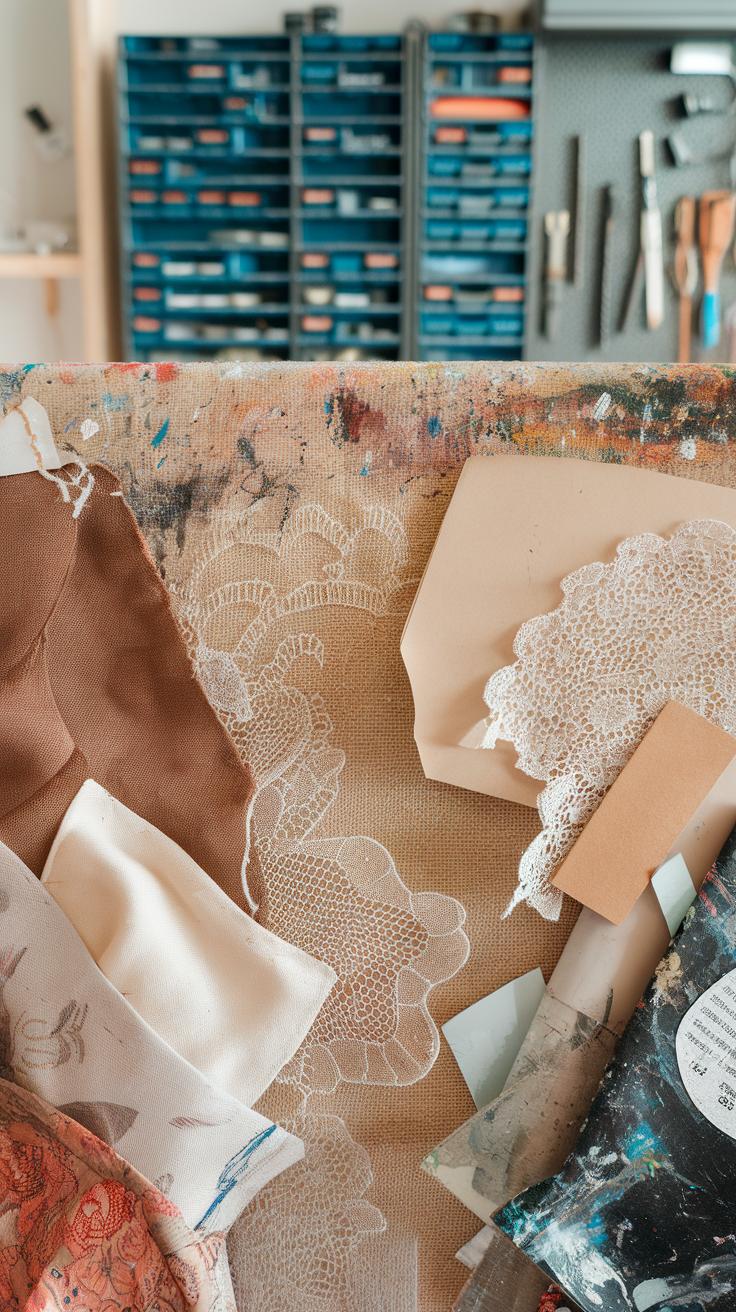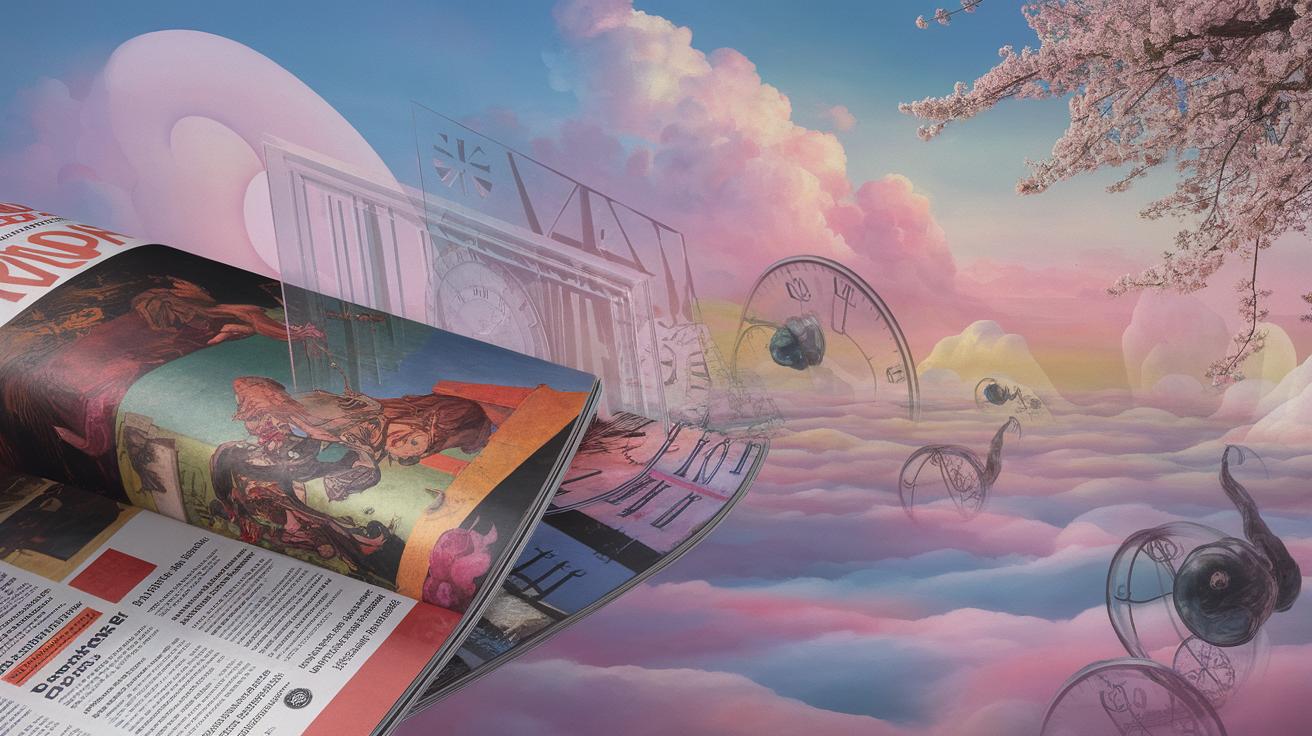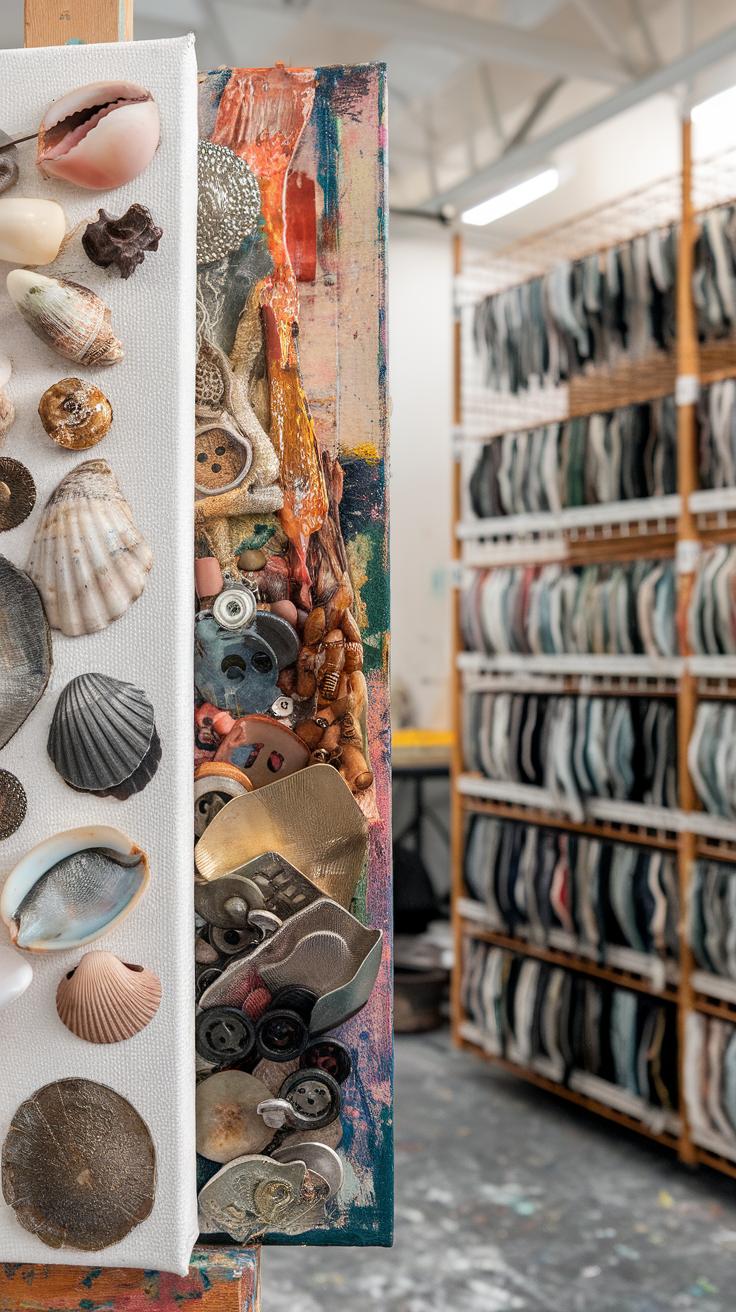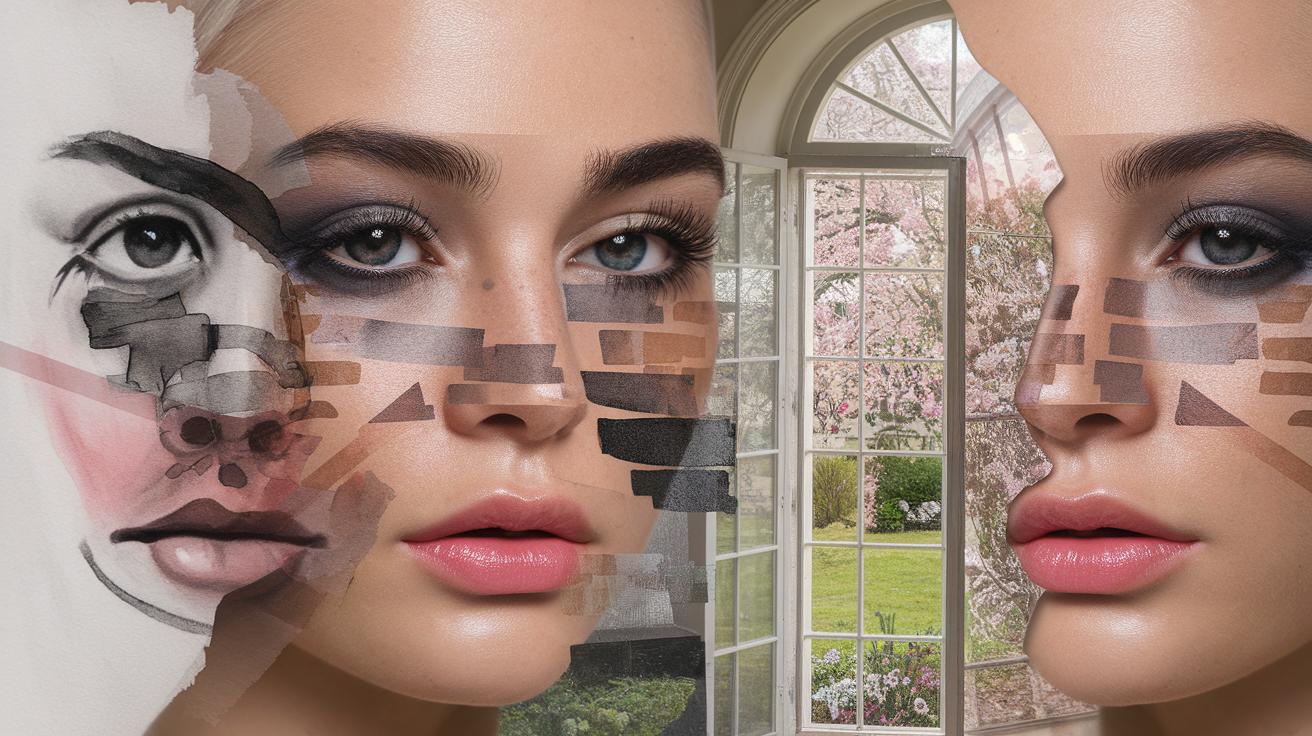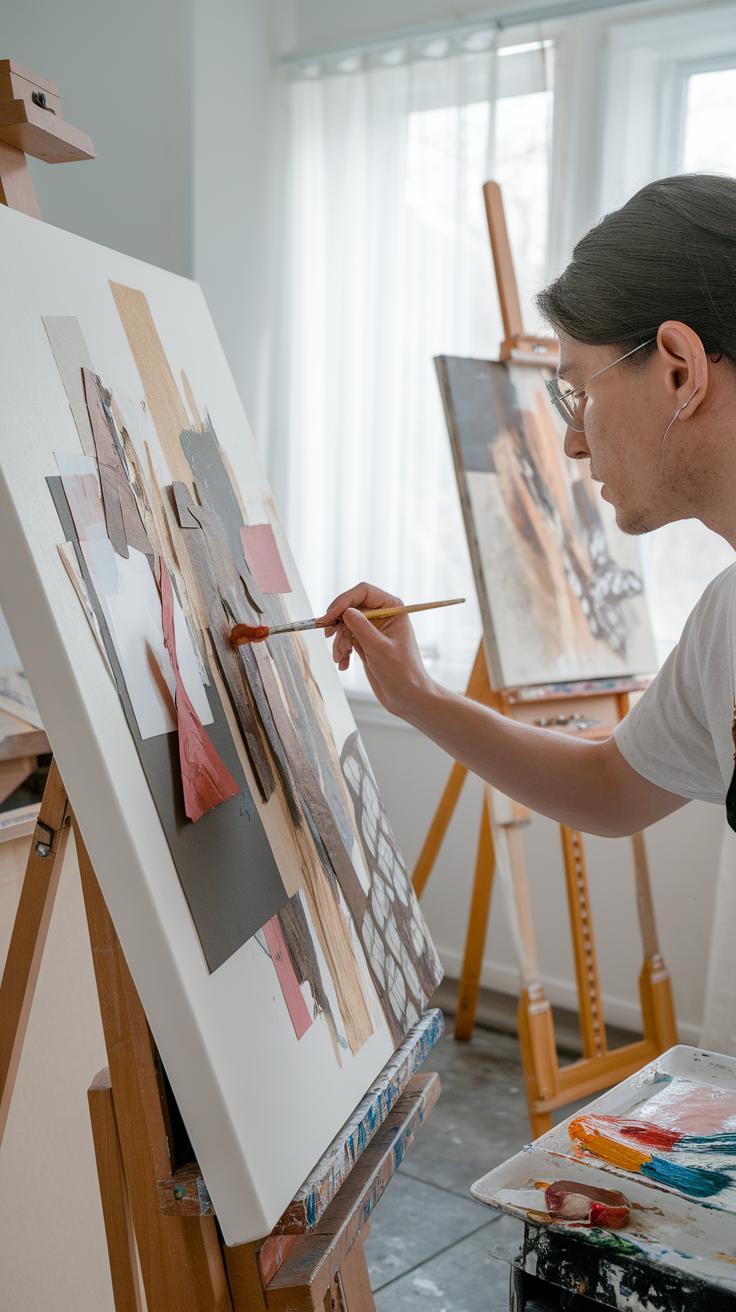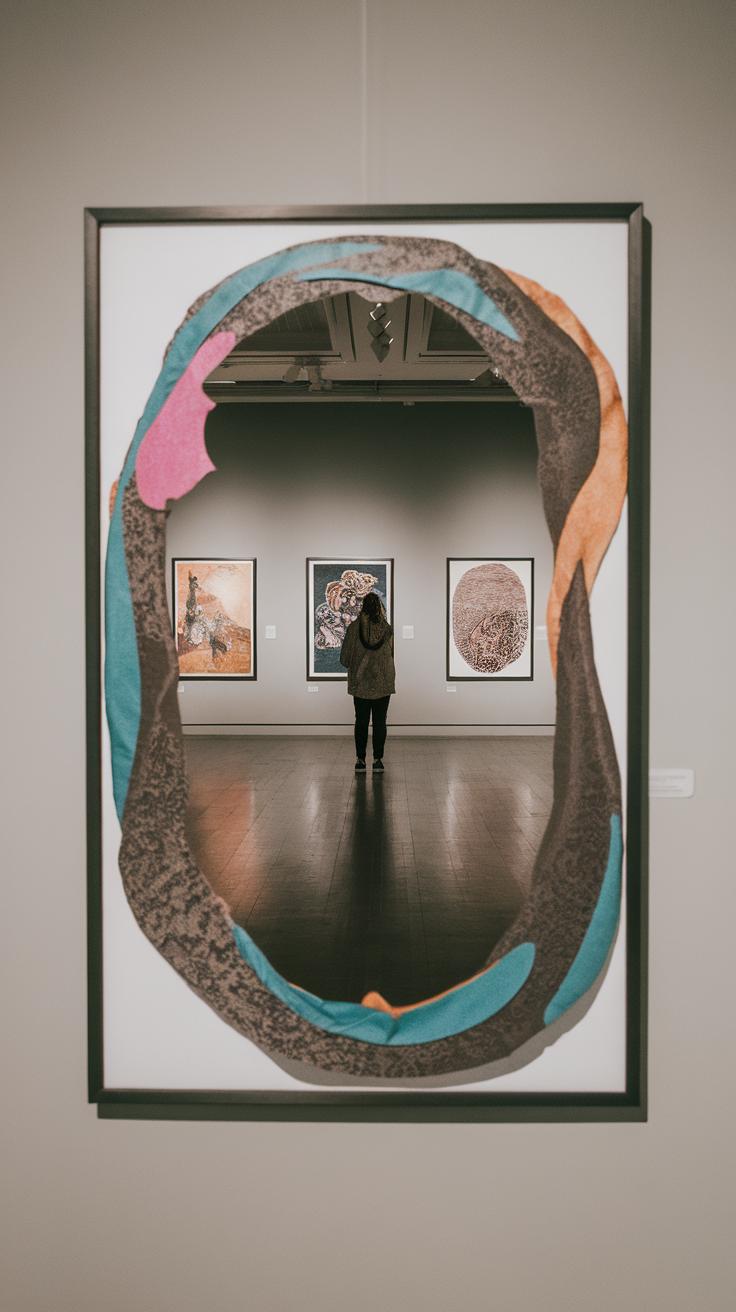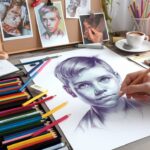Introduction
Mixed media art canvas allows you to creatively combine various materials and techniques to produce vibrant artwork. This approach transcends traditional painting, merging paint with elements like fabric, paper, and found objects. It opens the door to endless possibilities, enabling you to express your unique perspective while experimenting with texture, color, and depth.
Understanding mixed media not only enhances your artistic skills but also encourages bold creativity. Whether you’re a beginner or an experienced artist, exploring mixed media invites you to challenge conventions and discover your style. This article presents an array of ideas to inspire your next project, helping you unleash your creativity onto the canvas.
Understanding Mixed Media Art
Mixed media art combines various materials and techniques to create dynamic works. This approach allows artists to express themselves freely by merging paint, paper, fabric, and found objects. Traditional art forms often focus on one medium, like oil painting or watercolor. In contrast, mixed media encourages experimentation.
The significance of mixed media lies in its boundless possibilities. You can layer textures, colors, and shapes to evoke emotions or convey messages. It enables you to break conventional boundaries, embracing your creativity without limitations.
Mixed media emerged in the early 20th century alongside movements like Surrealism and Dadaism. Artists like Pablo Picasso and Robert Rauschenberg played vital roles in its development. They pushed the envelope of art by combining different elements, establishing mixed media as a legitimate form of artistic expression.
This form invites you to challenge the norms of art. What materials would you like to work with? How might combining them change your creative process? The answers may lead you to a whole new realm of artistic expression.
Choosing the Right Canvas for Mixed Media Art
Understanding Canvas Selection
Your choice of canvas impacts your mixed media artwork significantly. A well-selected canvas supports your creative techniques and enhances the overall outcome. Various types of canvas cater to different styles and approaches.
Stretched canvas works best for painting and can hold heavy materials like fabric and paper. It’s ideal for dynamic layering. Canvas boards, being more rigid and lightweight, are suitable for quick sketches or experiments with different media.
Use watercolor paper for your projects involving wet techniques. This surface absorbs moisture well and prevents warping, allowing even watercolor paints and inks to shine.
Consider using wood panels for durability. Their smooth finish supports heavy applications, such as plaster or metal. Ask yourself what texture and finish suit your artistic goals, and remember the kind of media you’ll incorporate.
Experiment with your choices. Each canvas type can lead to surprising results. What canvas will inspire your next creative breakthrough?
Types of Canvas and Their Uses
Different canvases serve different techniques. A traditional cotton canvas allows for oil and acrylic paints. It’s versatile and widely used in mixed media.
A linen canvas offers durability and texture but can be more expensive. It suits artists seeking a more refined look. Think about your budget when choosing your material.
Paper-backed canvas provides flexibility. It bends and conforms well, making it an option for unique applications like collage or assemblage. Consider what feels right in your hands.
Experimenting with less common surfaces, such as found objects or reclaimed materials, can ignite new ideas. What innovative surfaces can you explore for your next mixed media piece?
Essential Tools and Materials for Mixed Media Art
Key Tools for Your Mixed Media Journey
Gathering the right tools is vital for mixed media art. Start with basic supplies like brushes, palette knives, and sponges. Each tool offers unique textures and effects. Choose brushes in various shapes and sizes. They help create different lines and details. Palette knives allow you to apply thick paint and create layers.
Don’t forget about adhesives. Gel medium and mod podge work well for sticking different materials together. You’ll also need a good cutting tool, like scissors or a craft knife. This allows you to cut shapes from paper or fabric easily.
Choosing Quality Materials
When selecting materials, focus on their quality. High-quality paints and papers yield better results and last longer. Look for acrylic paints that have vibrant colors and good coverage. For paper, consider durability. Mixed media paper designed for multiple mediums often holds up best.
Invest in a variety of textures, such as fabrics, paper, and found objects. These can bring your ideas to life. Ask yourself what materials resonate with your artistic vision. For example, do you prefer the smoothness of watercolor paper or the rough texture of canvas?
Consider spending a little more on materials that fit your style. The right tools and supplies can inspire creativity and change how you express ideas on the canvas.
Color Theory for Mixed Media Enhancing Your Art
Understanding Color Basics
Color theory is a key element in mixed media art. It helps you choose and combine colors effectively. Familiarize yourself with the color wheel, which shows primary, secondary, and tertiary colors. Primary colors can mix to create all other colors. This knowledge allows you to create harmony in your work.
Complementary colors, those opposite each other on the wheel, can create vibrant contrasts. Using these colors together grabs attention. Ask yourself, how do you want your audience to feel when they see your art? Different colors evoke different emotions. For example, red can express passion, while blue may convey calmness.
Using Color in Mixed Media
Mix media allows for unique combinations of materials and colors. You can layer paint, paper, and fabric to create depth. When you plan your color palette, think about the mood you want to convey. Using warm colors can create an energetic feel, while cool colors promote tranquility.
Experimentation is vital. Try pairing unusual colors to discover unexpected results. Create a small test piece first. This approach helps you understand how colors interact on your canvas before committing to a larger work. As you create, consider how the colors impact the overall composition. How does each shade guide the viewer’s eye through your art?
Layering Techniques Creating Depth and Richness in Mixed Media Art
Layering is a fundamental technique in mixed media art. It allows you to build complexity in your artwork. Each layer contributes to the story you want to tell. Start with a base layer, often a simple wash of color or pattern. You can use acrylics, watercolors, or even magazine clippings.
Add a second layer with textures like tissue paper or sand. This creates a varied surface that grabs attention. Consider how different materials respond to light. Glossy finishes can contrast beautifully with matte surfaces.
As you continue layering, think about the colors. You can enhance the emotional impact through careful color choices. Are you aiming for warmth or coolness? How do the layers interact with each other?
Each addition adds rich visual depth. The final piece draws in viewers, encouraging them to look closer. Experiment with transparency and opacity. You might surprise yourself with the results. Ponder how your layers reflect your personal style and emotions. Every layer is an opportunity to express yourself creatively.
Incorporating Textures Enhancing Your Mixed Media Art
Techniques for Creating Interesting Textures
Textures play a vital role in mixed media art. They add depth and intrigue to your canvas. Think about how you want your artwork to feel. Do you want it to be smooth, rough, or layered with multiple surfaces?
Start with basic materials like tissue paper, sand, or fabric. Layer them on your canvas for an instant textural effect. Try gluing pieces of newspaper onto your surface. Once dried, paint over them. The text will peek through, creating an engaging pattern.
Experiment with different tools. Use spatulas or palette knives to add gel mediums and create raised surfaces. You can also use stencils to imprint designs into wet paint. This adds visual interest and can set the mood for your piece.
Consider mixing textures. Pair glossy paints with matte finishes, or mix rough surfaces with smooth ones. How does this combination change the viewer’s experience? Ask yourself how each texture relates to the overall message of your art.
Your textured artwork can evoke emotions and capture attention. Invite your audience to touch your canvas, igniting their sense of curiosity. What stories can your textures tell? Engaging viewers in this way can deepen their connection to your piece.
Using Found Objects in Mixed Media Art
Incorporating Everyday Items into Your Artwork
Found object art adds depth and meaning to your mixed media projects. The beauty lies in transforming the ordinary into something extraordinary. Everyday items can tell powerful stories in your artwork. They can be anything—buttons, bottle caps, pieces of fabric, or even scraps of paper.
Start by gathering a variety of materials from around your home. Look for items that catch your eye or evoke memories. Each object can spark an idea for your piece. Consider how these items relate to your theme. For example, use old photographs to express nostalgia or broken toys to symbolize childhood memories.
Next, experiment with different compositions. Arrange your objects on the canvas in layers, allowing them to create texture alongside paint and paper. Secure them with glue or use a staple gun for sturdy items. Think about color contrasts and how the shapes interact. This creates visual interest and prompts viewers to explore your art more closely.
What stories do your objects convey? Invite your audience to interpret the meanings behind your choices. Mixing personal and found objects can deepen emotional connections in your work. Engage viewers by prompting them to recall their own stories related to similar items in your art.
As you work, allow your creativity to flow freely. This practice can lead to unexpected discoveries. When the ordinary becomes part of your artistic expression, the possibilities are endless. Enjoy the process of experimenting with found objects, and let your imagination guide you.
Creating a Mixed Media Art Piece
Steps to Conceptualize and Create
Begin by brainstorming themes or ideas that inspire you. Think about emotions, experiences, or stories you want to tell. Write down keywords or phrases that resonate. This will help you focus.
Gather materials and tools. Look for different surfaces like canvas, wood, or paper. Explore textures through fabrics, papers, or natural elements. The diversity of materials can influence your final piece.
Sketch a rough layout. Use simple shapes or outlines to map out your composition. Don’t worry about details yet. The goal is to visualize how different elements will interact.
Start building your art piece. Layer materials, allowing some to peek through. Use adhesive to secure items. Paint, draw, or write to add depth and personal touch. Experiment with colors and textures as you go.
Take breaks to assess your work. Step back and ask yourself what stands out and what might need adjustment. Refinement is key to achieving balance and harmony.
Finish your piece and let it dry. Reflect on your process. What worked well? What did you enjoy most? Document your thoughts to help shape future projects.
Showcasing Your Artwork The Importance of Presentation in Mixed Media Art
Displaying your mixed media art is as vital as creating it. How you present your work can change how others perceive it. A well-thought-out presentation invites viewers to engage deeply. It’s not just about the art itself; it’s about the whole experience.
Consider various display methods. A gallery setting can highlight the textures and layers of your artwork. Hanging your pieces at eye level ensures they catch attention. You can also use stands or frames that complement your style. Using unique materials can catch the eye, drawing the audience closer.
At home, curate a space that feels personal. Experiment with different arrangements. Mix large pieces with small ones. This creates a dynamic visual flow. How can you make your home a gallery for your work? Aim for your displayed art to tell a story.
Interactivity can enhance the viewing experience. Consider using QR codes linked to your process videos or written reflections. This invites engagement and opens a dialogue about your methods. How will you encourage interaction with your audience?
Conclusions
Mixed media art canvas promotes creativity by allowing you to combine various elements and techniques in your work. Experimentation with materials such as paint, fabric, and paper can lead to delightful results and unique avocations of personal expression. The ideas discussed in this article can serve as a launching point for your artistic journey.
Always feel free to innovate and seek inspiration in the world around you. As you dive into your mixed media projects, remember that the process is just as important as the result. Embrace the exploration and let your creativity flourish on the canvas.
